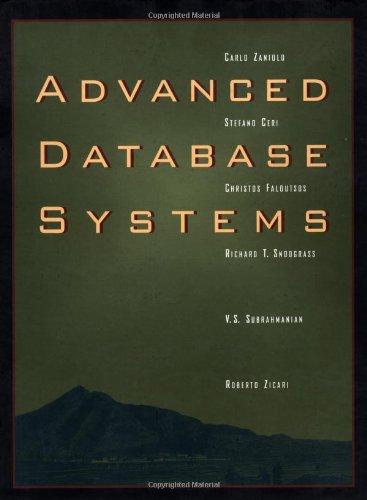Answered step by step
Verified Expert Solution
Question
1 Approved Answer
In haskell, finish the impremention of `return` below. class Arrow arr => ArrowApply arr where app :: (b `arr` c, b) `arr` c newtype ArrowApply
In haskell, finish the impremention of `return` below.
class Arrow arr => ArrowApply arr where app :: (b `arr` c, b) `arr` c
newtype ArrowApply a => ArrowMonad a b = ArrowMonad (a () b)
instance ArrowApply a => Monad (ArrowMonad a) where return :: b -> ArrowMonad a b return = -- exercise
(>>=) :: ArrowMonad a a -> (a -> ArrowMonad a b) -> ArrowMonad a b (ArrowMonad a) >>= k = -- exercise
The 'ArrowApply' class is equivalent to 'Monad': any monad gives rise to a 'Kleisli' arrow, and any instance of 'ArrowApply' defines a monad.
Step by Step Solution
There are 3 Steps involved in it
Step: 1

Get Instant Access to Expert-Tailored Solutions
See step-by-step solutions with expert insights and AI powered tools for academic success
Step: 2

Step: 3

Ace Your Homework with AI
Get the answers you need in no time with our AI-driven, step-by-step assistance
Get Started


